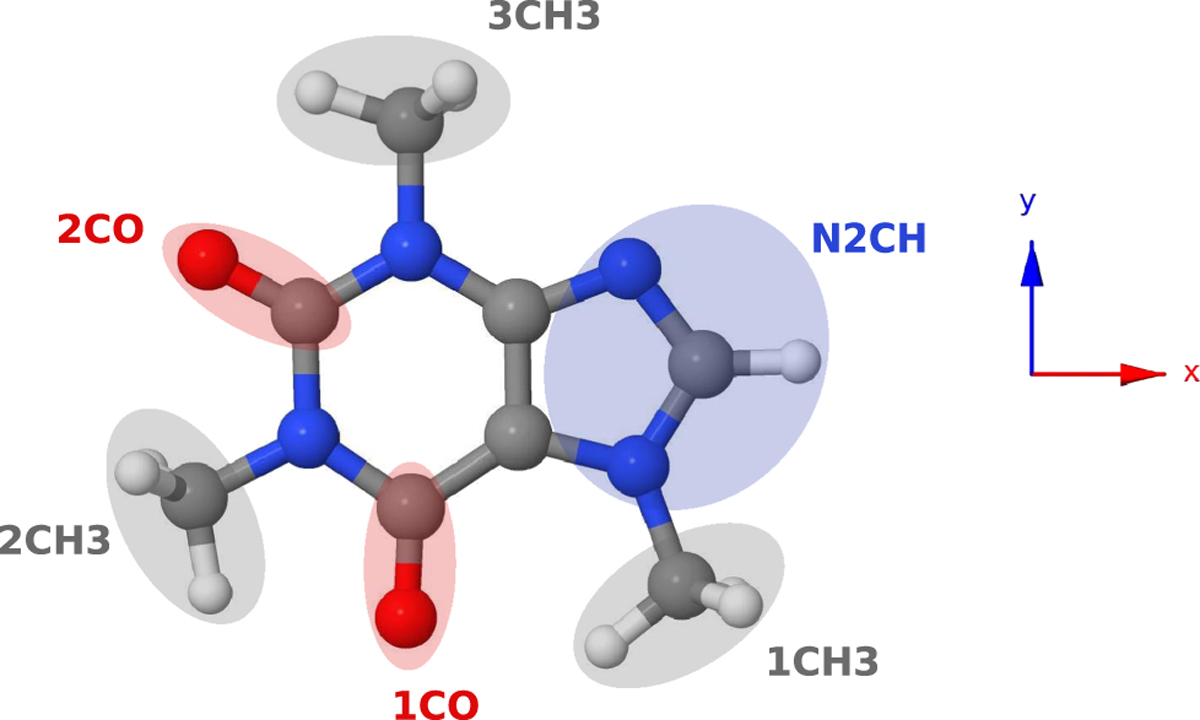EPJ B Highlight - Caffeine offers clues to ultra-transient positive charges' migration
- Details
- Published on 04 July 2018

A new study investigates the extremely rapid changes in the density of electrons in specific sites of the caffeine molecules thanks to an ultra-fast laser pulse that persists long enough to be observed
Caffeine keeps physicists up at night. Particularly those concerned with the capacity of electrons to absorb energy. In a new study published in EPJ B, a Franco-Japanese team of physicists have used the caffeine molecule as a playground to test the effect of ionising radiation on its electrons as they approach excited states. Their model accounts for the ionisation phenomenon in electrons, which are in a site-specific, localised orbit in the caffeine molecule. The electron excitation leaves the door open to positive charge progression along a molecular backbone. Thomas Niehaus from Claude Bernard Lyon 1 University, France, and colleagues have now developed a method for quantifying this positive charge migration in line with the ultra-short laser impulse. The observed charge motion happens on an attosecond time scale charge rearrangements driven by nuclear motion.
In this study, the authors rely on time-dependent density functional theory, which is typically used as a computer-based characterisation tool to determine the width of wavelength in which a molecule absorbs radiation. It is also used to investigate electric charge transfer in photovoltaic and energy conversion materials. Lastly, it can be used for the real-time observation of electrical carrier dynamics in solids.
Since the advent of ultra-short laser sources—which operate in the attosecond range—this theory can now be put to the test experimentally. This is because the time scale in which energy absorption by electrons takes place now persists long enough to be observed in experiments. Chemical reactions occurring at specific sites in the caffeine molecule are difficult to realise with longer laser pulses because the heat quickly destroys all site-specific information imprinted by the laser pulse.
The authors find that the observed dynamics for positive charges alongside the backbone of the caffeine molecule depend on the timing of the laser pulse. What is more, the dynamics of the positive charges' migration is governed by the fact that they are inter-related and by the complex interplay between several ionisation channels.
T. A. Niehaus, M. Meziane, F. Lepine, A. Marciniak, K. Yamazaki, and H. Kono (2018),
Pulse shape and molecular orientation determine the attosecond charge migration in caffeine,
European Physical Journal B, DOI: 10.1140/epjb/e2018-90223-5





